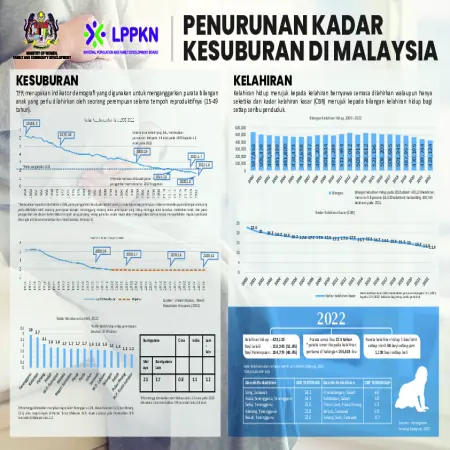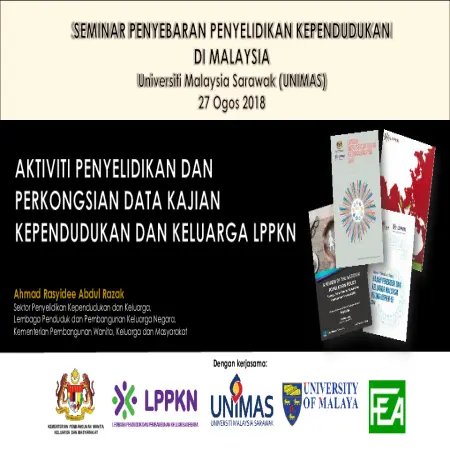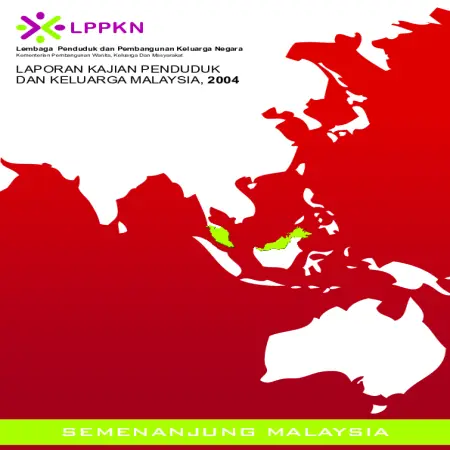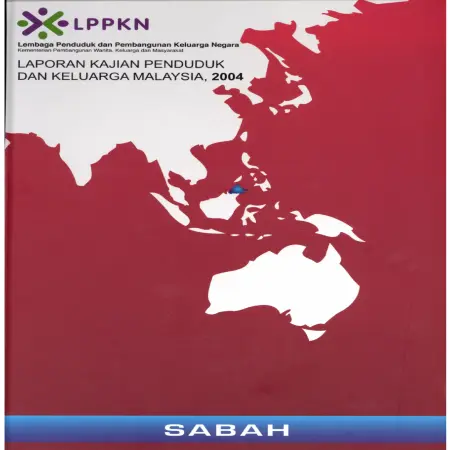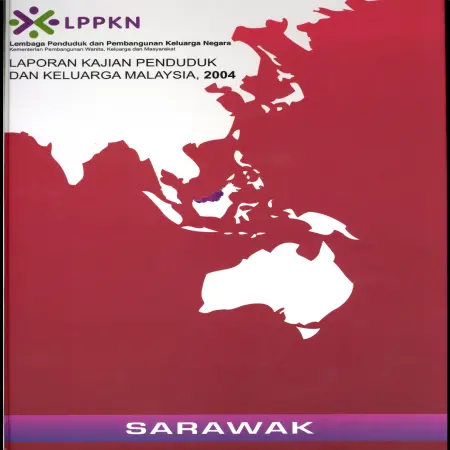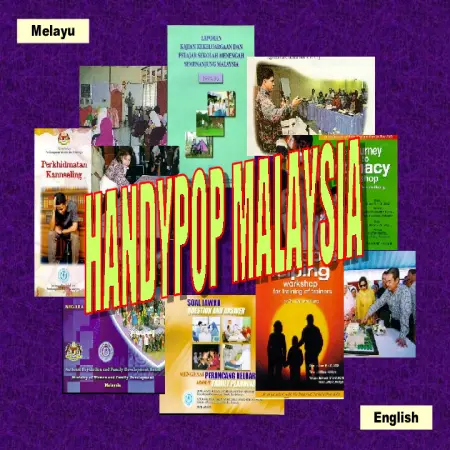Browse by Subject
Results for Search : "310 Collections of general statistics"
|
|
Penurunan Kadar Kesuburan Di Malaysia
Item Type: Infographic
Editor:
Year: 00/10/2023
Abstract: Total Fertility rate (TFR) is a demographic indicator used to estimate the average number of children a woman should give birth to during her reproductive period. The findings of a poll in Sarawak found that the total TFR for the state of Sarawak is decreasing drastically. 12.6% of couples have had or are experiencing fertility problems and it is difficult to conceive within a year after marriage.
|
|
|
|
|
|
World Population Day 2019: 25 years of the ICPD: accelerating the promise
Item Type: Infographic
Editor:
Year: 00/07/2019
Abstract: In 1989, the United nations recommended that 11 July as World Population Day, a day to increase people's awareness on global population issues such as the importance of family planning, gender equality, poverty, maternal health and human rights. The theme for this year's World Population day is "25 years of the ICPD: accelerating the promise" in keeping with the overall theme of the Nairobi Summit, to be held from 12 to 14 November 2019.
|
|
|
|
|
|
Report on key findings Fifth Malaysian Population and Family survey (MPFS-5) 2014
Item Type: Research Report
Editor:
Year: 01/12/2016
Abstract: The 2014 Malaysian Population and Family Survey is the fifth in a series of surveys conducted by the NPFDB every 10 years since 1974. This fifth survey was funded by the Economic Planning Unit of the Prime Minister’s Department under the 10th Malaysia Plan allocation. In conducting the survey, the NPFDB received tremendous cooperation and support from various agencies at federal and state levels as well as from nongovernmental organisations. The purpose of this survey was to collect the latest information and time series data in respect of demography, family and reproductive health of the Malaysian population. It also aimed to update the indicators obtained based on the previous surveys in the series. The MPFS-5 provides specific information on the population, household, family formation, fertility, family planning, family life, health practices, elderly as well as the social and sexual behaviours of the adolescents. It also collected the latest information on career and family balance, well-being, breastfeeding, secondary infertility, financial management, intergenerational assistance and the use of social media.
|
|
|
|
|
|
Laporan Kajian Penduduk dan Keluarga Malaysia, 2004: Semenanjung Malaysia
Item Type: Research Report
Editor:
Year: 00/00/2004
Abstract: The Malaysian Population and Family Survey (MPFS) is a series of studies conducted by the National Population and Family Development Board (NPFDB) every ten years since 1974. This report of the Malaysian Population and Family Survey 2004, Peninsular Malaysia is divided into six main sections, namely population background and households, marriage and fertility, reproductive health and health practices, family life, adolescents, the elderly and singlehood. Analysis as well done by making a comparison with previous MPFS studies and statistical data from the Department of Statistics Malaysia.
|
|
|
|
|
|
Laporan Kajian Penduduk dan Keluarga Malaysia, 2004 : Sabah
Item Type: Research Report
Editor:
Year: 00/00/2004
Abstract: This report of Malaysian Population and Family Survey 2004 (MPFS-4), Sabah is the result of the findings of the 4th Malaysian Population and Family Survey in Sabah and has been divided into six main sections; population background and households, marriage and fertility, reproductive health and health practices, family life, and adolescents, elderly and singlehood.
|
|
|
|
|
|
Laporan Kajian Penduduk dan Keluarga Malaysia, 2004 : Sarawak
Item Type: Research Report
Editor:
Year: 00/00/2004
Abstract: This report of the Malaysian Population and Family Survey 2004, Sarawak is divided into six main sections, namely population background and households, marriage and fertility, reproductive health and health practices, family life, adolescents, the elderly and singlehood. Analysis as well done by making a comparison with previous MPFS studies and statistical data from the Department of Statistics Malaysia.
|
|
|
|





